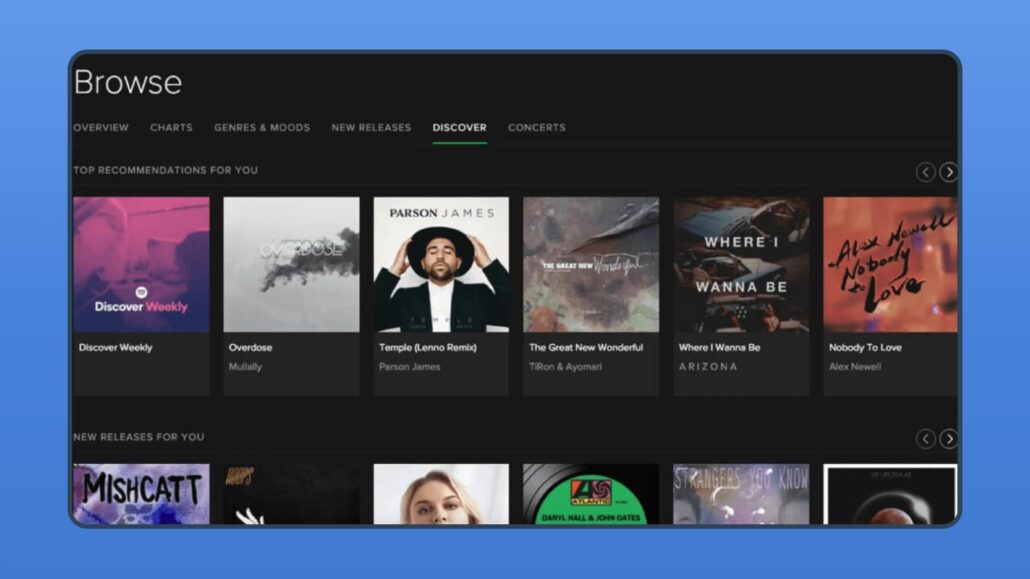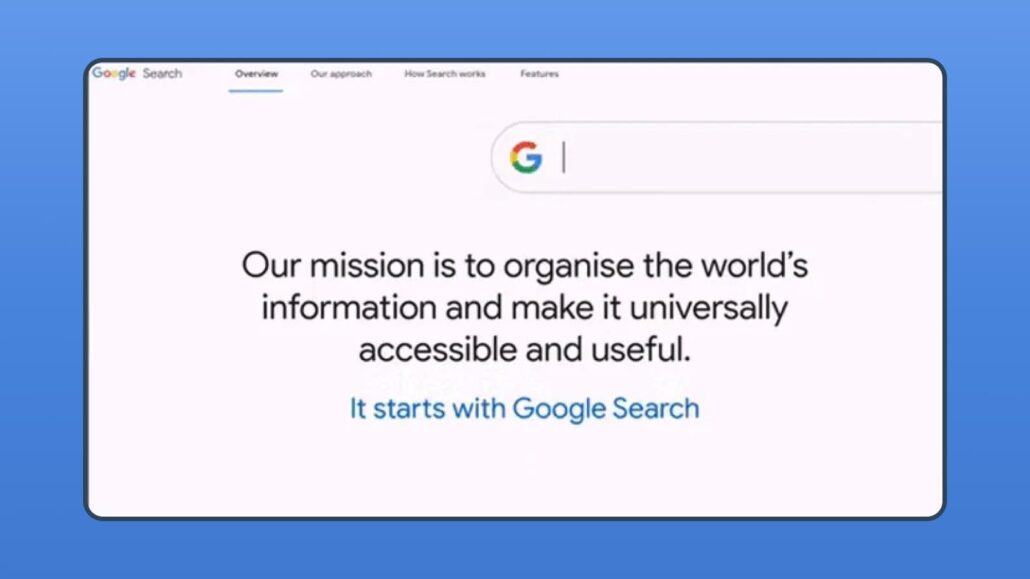Software design is a dynamic field where the synthesis of art, technology, and psychology aims to create digital products with an engaging user experience. This fusion evolves alongside technological advancements, prompting designers to stay updated on UX trends for crafting intuitive and accessible software in 2023.
The Significance of UX Trends:
Understanding user expectations is crucial in developing effective digital products. Adopting User Experience (UX) design trends is pivotal for several reasons:
- Aligning design with audience expectations.
- Gaining a competitive edge with user-friendly products.
- Ensuring accessibility for diverse user needs, including those with disabilities.
- Enhancing user satisfaction through well-executed design patterns.
- Promoting efficiency and consistency in design, saving time and resources.
Striking a Balance
While following UX design trends is advantageous, a discerning approach is necessary. Each trend may not suit every project, emphasizing the importance of aligning trends with unique user and business goals. Combining contemporary trends with timeless UX design principles ensures a holistic approach to software design.
Emphasis on Content-Centric Experiences:
In the digital landscape, prioritizing content is pivotal, especially for platforms like social media websites. Success in user experience hinges on clear and concise information accessibility. A positive user experience is achieved through well-designed, easily digestible content. Integrating visuals and videos simplifies complex information, while concise sentences contribute to a streamlined user experience.
Crafting digital products with a content-centric focus enables users to access information effortlessly, fostering engagement and prolonged website interactions. Prioritizing content not only enhances user satisfaction but also drives increased conversion rates, underscoring the significance of inclusive UX trends in contemporary software design.
Better UX Personalization
As customers become more knowledgeable about technology, they are increasingly looking for individualized experiences that meet their specific requirements and preferences. Personalized experiences can potentially enhance user interest by creating an engaging customer journey. For instance, on an eCommerce site, personalized buying recommendations based on customers’ previous purchases can effectively address the hesitation that many shoppers feel when they think they don’t need a product. Software products are expected to provide increasingly personalized and comprehensive experiences due to advancements in artificial intelligence and machine learning.

Personalization for Customer Insight
By incorporating personalization capabilities into their websites and applications, companies can obtain valuable insights about their customers and adapt their responses accordingly. This strategic approach not only leads to a higher return on investment (ROI) but also fosters customer loyalty.
Educational AI Platforms
Educational AI platforms, exemplified by Amazon’s Alexa or Google Home, provide users with timely and accurate information, eliminating the need to wait for a human response. As these technologies continue to develop, businesses are likely to increasingly depend on them as important parts of their product offerings, meeting the evolving expectations of their users.
Mobile and Omnichannel UX
Mobile and omnichannel user experience focuses on delivering seamless and consistent user experiences across various devices and touchpoints. This ensures users can interact with a brand or service via smartphones, tablets, desktops, and other channels without disruptions. A consistent and cohesive omnichannel experience can lead to increased client loyalty and satisfaction.
Virtual and Augmented Reality (VR/AR)
Virtual reality (VR) describes a fully immersive 3D environment, while augmented reality (AR) overlays virtual objects onto the real world. These technologies have extended beyond gaming, finding successful applications in retail, travel, healthcare, and more. VR and AR technology will continue to grow in importance and prevalence for businesses in the future.
Scrollytelling
Scrollytelling is a creative way to tell stories and create meaningful user experiences. It utilizes scrolling navigation, visuals, and text to inform and captivate users in an engaging way. Advantages include highlighting relationships between different elements of content, creating an interactive experience, and explaining complicated concepts effectively. Many businesses, such as Apple and the UK’s Office of National Statistics, have implemented scrollytelling for their websites.

Scrollytelling serves as an effective method to enhance the visual appeal of your content, breaking up text and offering engaging visuals as readers scroll through the page. Visual elements not only add interest but also function as potent tools for storytelling, effectively illustrating data points in a comprehensible manner.
Humanization of Digital Experience
The digital interaction need not be distant and impersonal; incorporating personalized content and features is key to fostering a sense of warmth and appreciation among users. A prime illustration of this is evident in social media, where technology is harnessed to cultivate engaging communities. By empowering users to connect with others, companies can establish an environment that nurtures collaboration and meaningful discussions.
As the digital landscape evolves, humanizing the user experience becomes increasingly pivotal. Tailoring content allows companies to deliver a customized experience, offering users access to pertinent information, personalized recommendations, and exclusive offers. Furthermore, personalization extends to crafting an emotionally resonant interface, incorporating photos or videos that hold significance for each unique user.
Conclusion
Anticipated progressions in software design are anticipated in the future. The significance of excellent UX design has heightened due to evolving user expectations and technological advancements. By remaining attentive to the latest trends and adapting to changing user demands, you can guarantee that your layouts stay contemporary and attractive in 2023.
Furthermore, a seasoned software development provider can assist you with this. The provider’s professionals will appropriately advise you on the UX trends aligning with your specific business scenario and furnish you with software that precisely aligns with your business requirements. It will boast an appealing interface that is easy for your company’s customers to navigate.